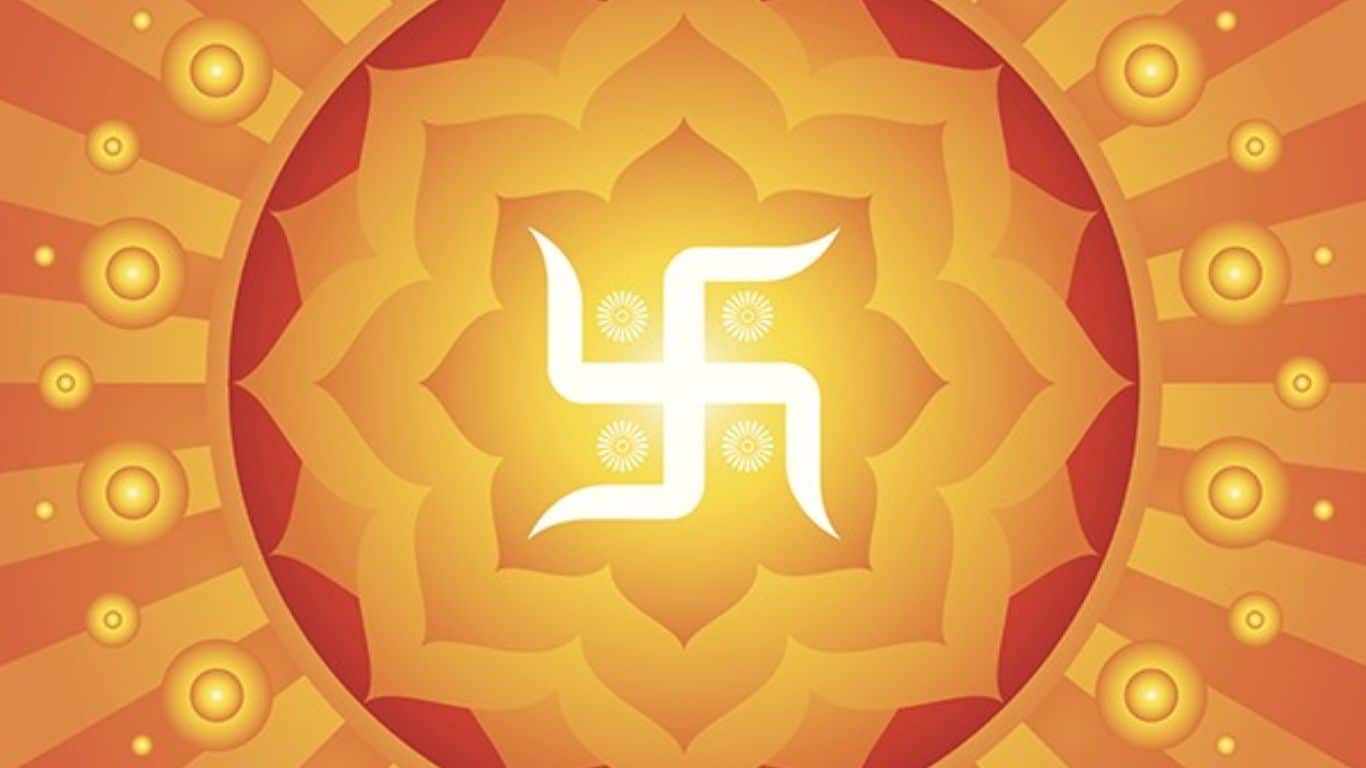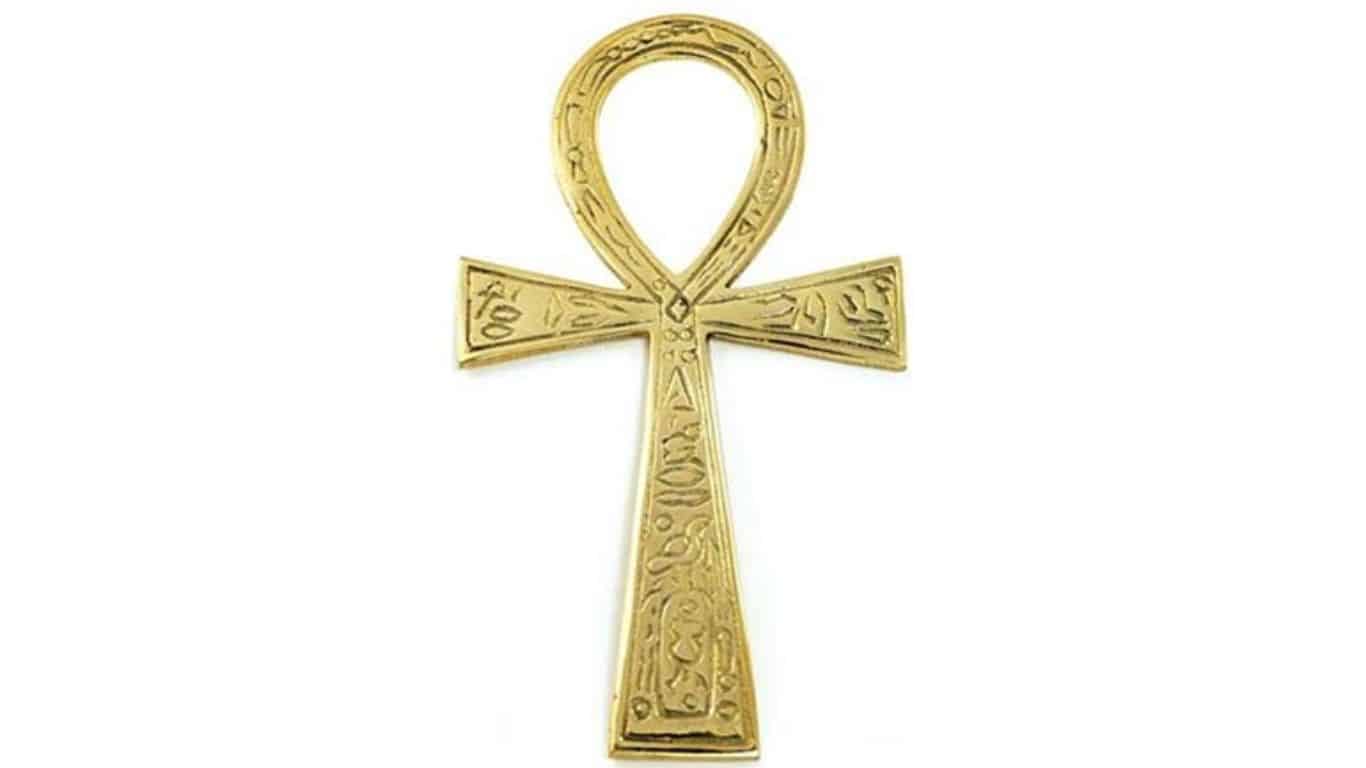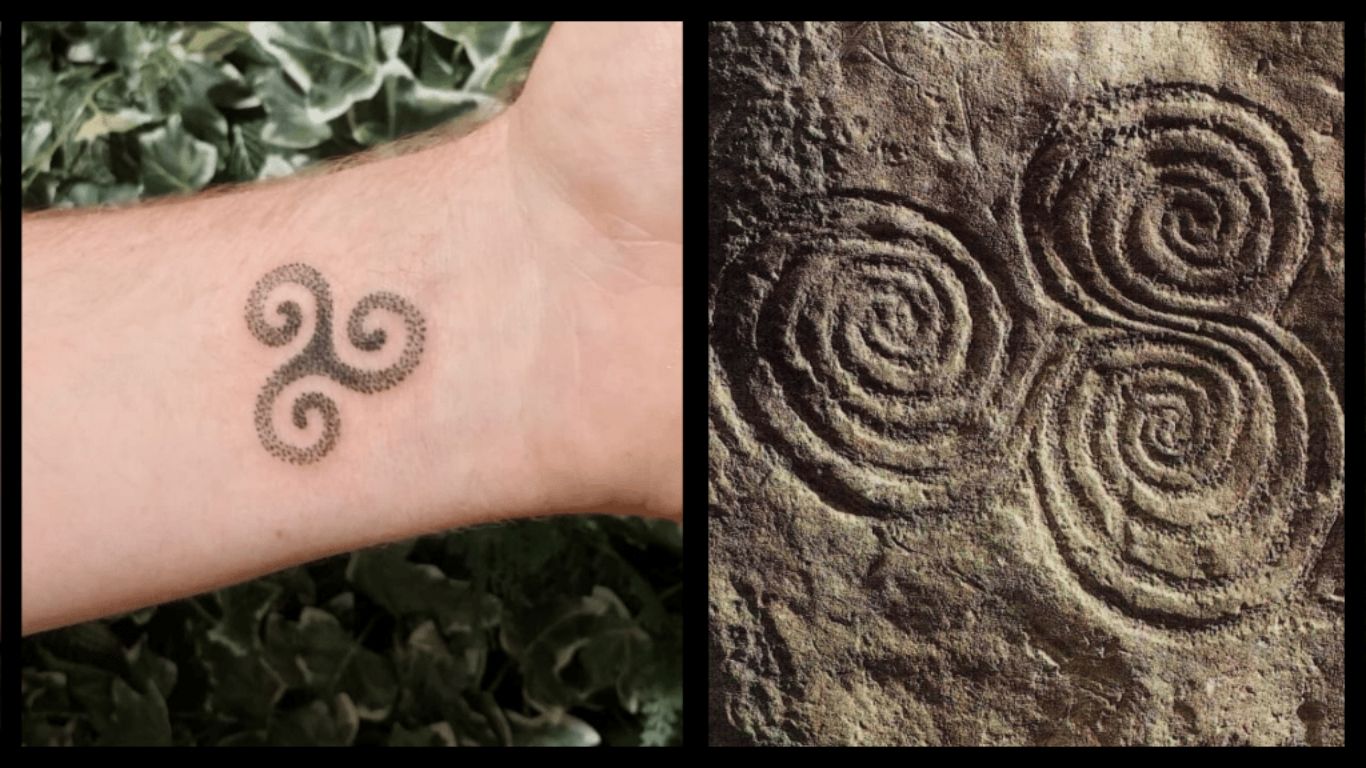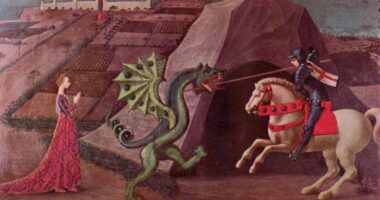Symbols are an integral part of human communication and have been used throughout history to convey complex ideas and emotions. From the ancient hieroglyphs of Egypt to the modern-day emojis on our smartphones, symbols have played a crucial role in shaping our understanding of the world around us. Across different cultures, symbols have emerged as powerful representations of values, beliefs, and traditions, and have become iconic representations of their respective cultures. In this article, we explore 20 of the most iconic symbols in different cultures around the world, uncovering the stories behind their origins and the meanings they hold. Join us on a journey of discovery as we delve into the fascinating world of cultural symbols and their enduring significance.
20 Most Iconic Symbols in Different Cultures
Om (India)

Om is a sacred sound and symbol in Hinduism, representing the ultimate reality and the essence of the universe. It is believed to be the sound of creation, the vibration that connects all living beings, and the representation of the three Hindu gods: Brahma, Vishnu, and Shiva. The symbol consists of three curves, a semi-circle, and a dot, representing the waking, dreaming, and deep sleep states, as well as the fourth state of consciousness, beyond the waking state. The sound of Om is often chanted during meditation and yoga practices.
Yin and Yang (China)

Yin and Yang is a fundamental concept in Chinese philosophy and culture. The symbol represents the interconnectedness and balance between two opposing forces: Yin, which represents darkness, coldness, and passivity, and Yang, which represents light, warmth, and activity. The two halves of the symbol are of equal size, emphasizing the need for balance and harmony between opposing forces. The symbol is often used in traditional Chinese medicine, feng shui, and martial arts, among other things.
Cross (Christianity)

The cross is the primary symbol of Christianity, representing the crucifixion and resurrection of Jesus Christ. It is a powerful symbol of faith, hope, and sacrifice, and it is used in religious art, architecture, and jewellery, among other things. The most common form of the cross is the Latin cross, which consists of a vertical and horizontal line intersecting at the centre, but there are also other variations, such as the Greek cross and the Celtic cross.
Star of David (Judaism)

The Star of David is a six-pointed star that represents the Jewish people and their connection to God. It is composed of two overlapping triangles, symbolizing the unity of God and humanity, as well as the relationship between heaven and earth. The symbol has been used for centuries in Jewish art, architecture, and jewellery, and it is often seen on the flag of Israel.
Swastika (Hinduism)

The Swastika is a symbol of good fortune and prosperity in Hinduism, Buddhism, and Jainism. It has been used for thousands of years as a sacred symbol, but its association with Nazi Germany has tainted its image in the Western world. The symbol represents the sun, light, and the cycle of life, and it is often used in religious ceremonies, art, and textiles.
Ankh (Ancient Egypt)

The Ankh is an ancient Egyptian symbol representing eternal life and spiritual power. It resembles a cross with a loop at the top, symbolizing the union of opposites and the cyclical nature of life. The symbol was often depicted in Egyptian art and was associated with the goddess Isis and the god Osiris.
Triskelion (Celtic)

The Triskelion is a Celtic symbol consisting of three spirals interconnected in a triangular shape. It represents the trinity of mind, body, and spirit, as well as the cycles of life and the interconnectedness of all things. The symbol is often used in Celtic art and jewellery and is associated with the goddess Brigid and the god Lugh.
Lotus Flower (Buddhism)

The Lotus Flower is a sacred symbol in Buddhism, representing purity, enlightenment, and rebirth. It grows from the mud at the bottom of a pond and rises up to bloom above the water, symbolizing the journey from ignorance to enlightenment. The flower is often depicted in Buddhist art and is associated with the Buddha himself.
Eagle (Native American)

Eagle is an important and sacred symbol in many Native American cultures. It represents strength, power, and spirituality. The eagle is often considered to be a messenger between humans and the Creator, carrying prayers and messages between the two. The feathers of the eagle are also considered sacred and are often used in ceremonies and rituals.
Lion (African)

In African cultures, the Lion is a powerful symbol of strength, courage, and royalty. It is often associated with the sun and the cycle of life and death. Lions are known for their ferocity and strength, and they are often used as a symbol of power and leadership. In some African cultures, it is believed that the lion has the power to communicate with spirits and ancestors.
Dragon (East Asia)

The Dragon is a mythical creature in East Asian cultures, representing strength, wisdom, and good luck. It is often depicted as a powerful and majestic creature, with scales and wings. The dragon is believed to be a symbol of the emperor’s power and good fortune, and it is often used in art and literature as a symbol of strength and resilience.
Kokopelli (Southwest United States)

Kokopelli is a fertility deity in Native American cultures, particularly among the Hopi and Pueblo people of the Southwest United States. He is often depicted as a humpbacked flute player, bringing joy, music, and fertility to the people. Kokopelli is also associated with the cycle of life and death, and is believed to be a messenger between the living and the dead.
Hamsa (Middle East)

The Hamsa is a hand-shaped symbol in Middle Eastern cultures, representing protection, good luck, and the power of God. It is often used in jewellery and home décor as a way to ward off evil spirits and protect against harm. The Hamsa is also associated with the idea of divine providence, and is believed to bring good luck and blessings to those who possess it.
Skull (Mexican)

The skull is a powerful symbol in Mexican culture, particularly during the Dia de los Muertos or Day of the Dead celebration. It is a symbol of death and rebirth, and is often used to honour deceased loved ones. The skull is usually depicted as a colourful and ornate representation of the deceased, with flowers, patterns, and other decorations. It is often paired with images of other Dia de los Muertos symbols, such as candles, sugar skulls, and altars. The use of skulls in Mexican culture dates back to the ancient Aztecs, who believed that the skull was a symbol of power and strength. They would often use skulls in their religious rituals and ceremonies, believing that they had the power to communicate with the spirits of the dead.
Claddagh (Ireland)

Claddagh is a traditional Irish symbol representing love, loyalty, and friendship. It consists of two hands holding a heart, with a crown on top. The hands represent friendship, the heart represents love, and the crown represents loyalty. The Claddagh is often used as a symbol of Irish heritage and culture, and is a popular choice for wedding rings and other jewellery.
Turtle (Polynesia)

Turtle is a symbol of longevity, wisdom, and strength in many Polynesian cultures. It is often associated with creation stories and the ocean, and is believed to carry the world on its back. The turtle is also considered to be a symbol of fertility and abundance, and is often used in art and literature as a way to represent the natural world and its cycles.
Labyrinth (Greek)

The labyrinth is a symbol used in Greek mythology, representing the idea of a journey, transformation, and self-discovery. The labyrinth is a complex maze, and its twists and turns are often used to symbolize the journey of life. It is also seen as a symbol of the journey to the afterlife, with the labyrinth representing the challenges and obstacles that must be overcome.
Maple Leaf (Canada)

The maple leaf is a symbol used in Canadian culture, representing the natural beauty and abundance of the country. It is also used as a symbol of unity and diversity, as the maple leaf is found in many different regions of Canada. The maple leaf is also a symbol of national pride, and is often used in Canadian flags and other national symbols.
Kangaroo (Australia)

Kangaroo is a symbol used in Australian culture, representing the unique wildlife and natural beauty of the country. Kangaroos are known for their strength, agility, and resilience, and are often used as a symbol of national pride. The kangaroo is also seen as a symbol of freedom and independence, as it is able to roam freely across the vast Australian landscape.
Jaguar (Central and South America)

The jaguar is a symbol used in Central and South American cultures, representing strength, power, and resilience. Jaguars are known for their speed, agility, and ferocity, and are often used as a symbol of protection and guardianship. In many cultures, the jaguar is also associated with the cycle of life and death, as it is seen as a powerful predator that is able to control and shape the natural world.
Also Read: Importance of Zodiac Signs and Symbols


